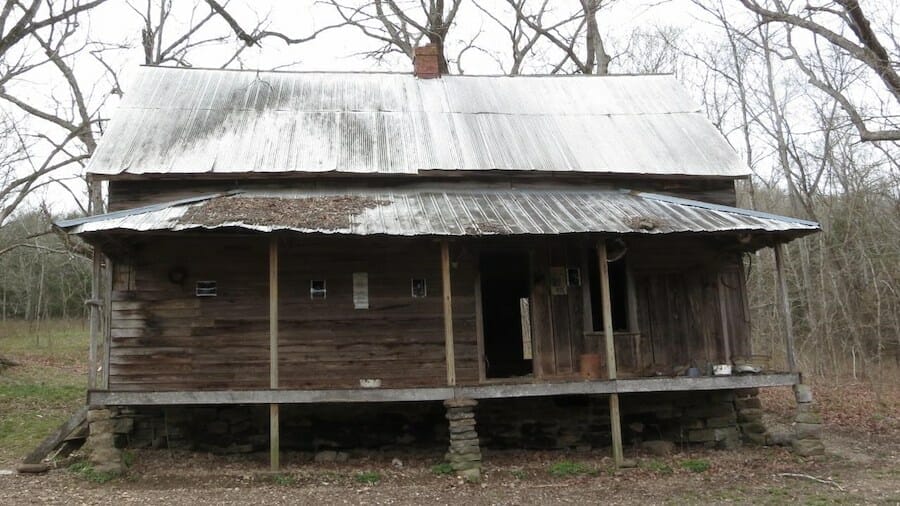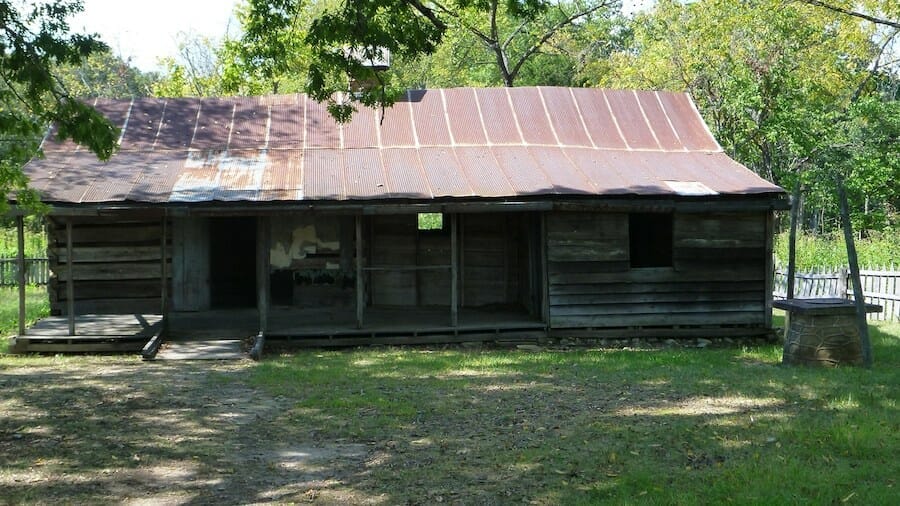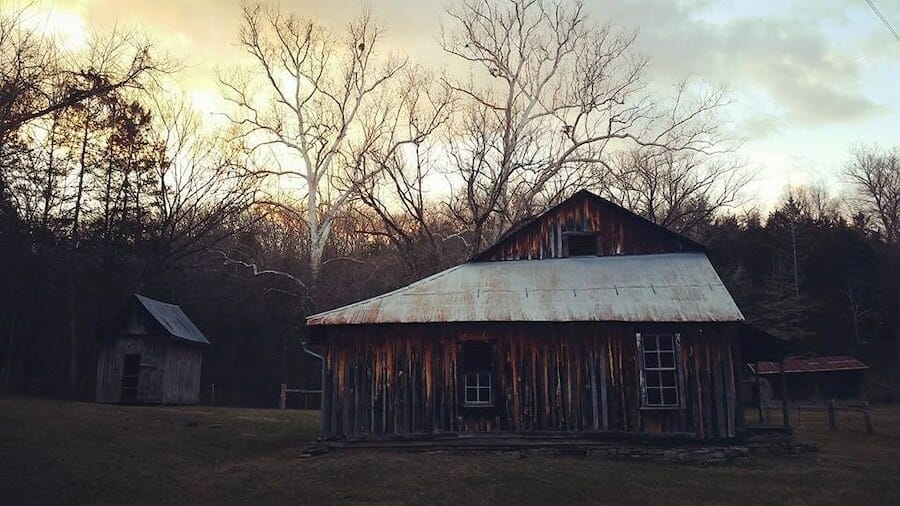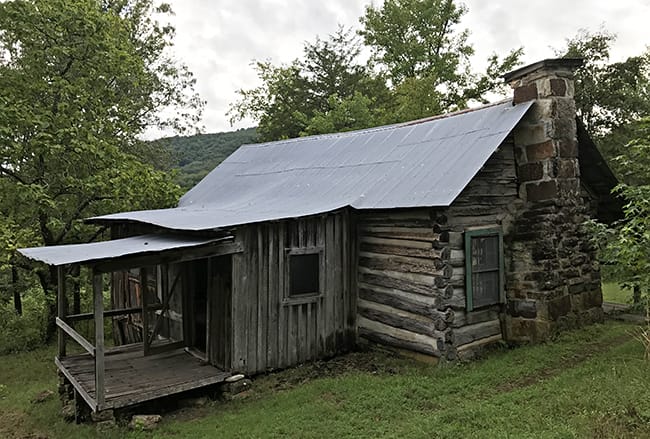

Uh oh...
It appears that you're using a severely outdated version of Safari on Windows. Many features won't work correctly, and functionality can't be guaranteed. Please try viewing this website in Edge, Mozilla, Chrome, or another modern browser. Sorry for any inconvenience this may have caused!
Read More about this safari issue.

In 1862, the Homestead Act began distributing public land to private citizens over the age of twenty-one who agreed to pay a filing fee and live on and make improvements to a plot of land up to 160 acres. In total, 74,620 homesteaders made improvements on 33,328,000 acres of land across the state of Arkansas. That’s nearly a quarter of the state. To say homesteading had a significant impact on the growth and economy of Arkansas would be an understatement.
Some Arkansas families still live on land settled by ancestors during the early years of the Homestead Act, although most of the original homes and buildings have been lost to the perils of time, better roads and bigger neighborhoods. Additionally, the definition of homesteading has shifted over the years and now encompasses a lifestyle of working and living off the land by choice rather than necessity.
Historic homesteads are few and far between, but the history contained within their borders is inspiring and worthy of our attention, even 160 years later. These four historic homesteads don’t just represent land that was claimed; they represent hard-working Americans who lived a dream that lives on long after their passing.

NPS – Public Domain
Granny Henderson’s Cabin – Compton
In the early 1900s, Eva “Granny” Henderson built a homestead cabin with her husband, Frank in the Ponca Wilderness. There they made a life for themselves, raised cattle, worked the land and survived off what they grew and could sell. Following Frank’s death in 1959, Eva decided to stay and continue living the only life she had ever known. She often welcomed paddlers who traveled the Buffalo River, providing them a place to camp, a warm meal and earning her the name “Granny Henderson” to those in the know. Granny lived on and worked the land, all without electricity or plumbing, until her death in 1979 at 87.
The cabin still stands and is accessible via Sneeds Creek Trail or Centerpoint Trail.

NPS – Public Domain
Collier Homestead – St. Joe/Tyler Bend
Solomon “Sod” Collier, his wife Ida Mae and two of their seven living children claimed one of the last remaining parcels of land available under the Homestead Act along the Buffalo River in 1932. The family moved from Kentucky and built the cabin, outbuildings and a smokehouse. They worked the land raising cattle and hogs and a small orchard. Ida Mae had a knack for medicinal herbs and kept a large garden. The Colliers were issued the “patent” on the land in 1937. The family continued to live on the land until 1962.
To visit the homestead, hikers can take a short walk along the Collier Homestead Trail near the Tyler Bend Visitors Center along the Buffalo National River.

NPS – Public Domain
Parker-Hickman Farmstead – Jasper
Although not settled under the Homestead Act, the Parker-Hickman Farmstead was built by Greenberry Parker and his brother, who traveled to the area from Tennessee in the 1830s. Over the next 130 years, the home, farm and various outbuildings were occupied by nine different families. The farm district covers 195 acres and includes over a dozen buildings constructed from 1840 through the 1950s. The homestead is the oldest log structure located along the Buffalo National River.
Visit the historic homestead park on Erbie Campground Rd/CR 79 off Hwy 7, three miles north of Jasper.

Photo courtesy of Mel Lockcuff.
Villines Homestead – Boxley Valley
This hidden gem was built by James Villines and his wife Sarah Arbaugh in 1882. James, known as Beaver Jim because of his incredible trapping skills, wasn’t new to the area. In fact, Beaver Jim’s boyhood home is just down the road at the marked entrance to Boxley Valley. Jim was the son of William Villines and the grandson of Abraham Villines, one of the earliest pioneers to settle in the Buffalo River Valley.
Although succeeding owners made changes and additions to the property, the dream and vision of Beaver Jim still live on through the remnants of this homestead.
An easy ½-mile hike takes you to the old homestead. Park at the low water bridge and follow the Villines Homestead Trail.
Cover photo depicts Sod and Ida Mae Collier on their homestead in St. Joe/Tyler Bend. Photo courtesy of NPS. Public Domain.
We do the work.
You check your email.
Sign up for our weekly e-news.
Get stories sent straight to your inbox!









Like this story? Read more from Julie Kohl
Start your engines! My race-car-loving kid recently turned nine and had...
Many years ago, a group of bald eagles roosted near the water treatment...
Harding University’s season came to a close Saturday night in Texas...
Join the Conversation
Leave a Comment